The quest for youthful, radiant skin has led many individuals to explore various cosmetic treatments. Among the most sought-after procedures are Laser Skin Tightening In Abu Dhabi and Ultherapy. Both options aim to lift and tighten the skin, but they employ different technologies and methodologies. This article will delve deeply into both treatments, compare them comprehensively, and help you understand which option may best suit your needs.
Understanding Laser Skin Tightening
Laser skin tightening uses focused laser energy to stimulate collagen production in the skin. This process leads to firmer and more youthful-looking skin without invasive surgery. Here are some key points to consider:
1. Mechanism of Action
- Collagen Stimulation: The laser penetrates the skin, promoting collagen remodeling.
- Heat Application: The heat generated causes tissue contraction, resulting in tighter skin.
2. Treatment Areas
- Versatile Application: Suitable for various areas, including the face, neck, and body.
- Customized Approaches: Treatments can be tailored for specific skin types and concerns.
3. Recovery and Results
- Minimal Downtime: Most patients can resume daily activities shortly after treatment.
- Gradual Improvement: Results develop over several months as collagen builds.
Understanding Ultherapy
Ultherapy is a non-invasive procedure that utilizes ultrasound technology to lift and tighten the skin. It targets the deeper layers of skin without disrupting the surface. Here’s a breakdown:
1. Mechanism of Action
- Ultrasound Energy: The device emits ultrasound waves that penetrate deep into the dermal layers.
- Targeted Heating: This targeted heating stimulates collagen production and tightens existing collagen fibers.
2. Treatment Areas
- Facial and Neck Area: Primarily designed for the face and neck, but can be used on the chest.
- Precision Deliverance: The ultrasound imaging allows practitioners to visualize the tissue layers, ensuring precise targeting.
3. Recovery and Results
- Quick Recovery: Similar to laser skin tightening, patients can quickly return to normal activities.
- Long-Lasting Effects: Results can continue to improve for several months post-treatment.
Key Differences Between the Two Treatments
While both Laser Skin Tightening and Ultherapy share the goal of skin tightening, their methods and results often differ significantly. Here are several aspects to consider:
1. Technology Used
- Laser Skin Tightening: Utilizes focused laser energy.
- Ultherapy: Employs ultrasound energy for deeper skin penetration.
2. Depth of Treatment
- Laser: Primarily targets the superficial layers of the skin.
- Ultherapy: Reaches deeper layers, often beneficial for sagging skin.
3. Treatment Sensation
- Laser Treatment: Patients may experience a warming sensation with minimal discomfort.
- Ultherapy: Some patients report a more intense sensation due to the deeper targeting.
4. Duration of Treatment
- Laser Treatments: Sessions typically last 30 minutes to an hour, depending on the area.
- Ultherapy: Treatments can take longer, usually around 60 to 90 minutes.
Benefits of Laser Skin Tightening
Laser skin tightening offers various benefits that can enhance individual beauty and self-confidence.
1. Non-Invasive Procedure
- No need for surgical intervention, reducing anxiety and recovery time.
2. Customizable Treatments
- Options for various skin types and conditions, allowing for personalized care.
3. Long-Lasting Results
- While individual outcomes may vary, many patients enjoy lasting improvements for months post-treatment.
4. Increased Comfort
- Modern laser systems often feature cooling technologies to enhance comfort during treatment.
Benefits of Ultherapy
Ultherapy has its own set of advantages, making it a popular choice for many looking to rejuvenate their skin.
1. Established Safety Profile
- Non-invasive and considered safe for most skin types without significant side effects.
2. Natural-Looking Results
- Patients appreciate the gradual and natural appearance of results as the skin continues to tighten.
3. No Downtime Required
- Most individuals can return to their daily routines immediately after treatment.
4. Versatile Applications
- Can be effectively used on multiple areas, including delicate regions like the neck and décolletage.
Evaluating Your Options
Choosing between Laser Skin Tightening and Ultherapy depends on several factors, including personal goals and skin conditions.
1. Assessing Skin Type and Concerns
- Individuals with fine lines and mild sagging may prefer laser treatments.
- Those with moderate to severe skin laxity might find Ultherapy more effective.
2. Desired Results and Expectations
- Understanding personal expectations from treatments can guide your decision.
3. Consultation Importance
- Consulting with a skilled practitioner can illuminate which option aligns best with your needs and conditions.
Combining Treatments for Enhanced Results
In some cases, combining Laser Skin Tightening and Ultherapy can create synergistic effects, leading to superior results. This hybrid approach can benefit individuals looking for comprehensive skin rejuvenation.
1. Layered Treatment Benefits
- Both treatments work on different skin layers, promoting comprehensive tightening and rejuvenation.
2. Sequential Treatment Planning
- Providing a timeline for both treatments can enhance results, with skin potentially looking firmer and more lifted over time.
3. Custom Approach
- A personalized treatment plan developed by an expert can maximize outcomes and align with individual goals.
FAQs About Laser Skin Tightening and Ultherapy
1. How long do results from laser skin tightening last?
The results can last from several months to a couple of years, depending on individual skin factors and maintenance treatments.
2. Is Ultherapy suitable for all skin types?
Yes, Ultherapy is generally considered safe for all skin types, but a consultation is recommended to assess individual suitability.
3. Can I combine laser skin tightening and Ultherapy?
Yes, many patients find that combining both treatments can provide enhanced overall results, particularly in skin lifting and tightening.
4. How often should I have laser skin tightening treatments?
The frequency depends on individual goals and skin condition, but many recommend treatments every 6 to 12 months for optimal results.
Conclusion
Both Laser Skin Tightening and Ultherapy offer promising results for those seeking tighter, youthful skin. Understanding the differences, benefits, and suitability of each option can empower individuals to make informed choices about their aesthetic treatments. Consulting with a trained professional is crucial to developing a tailored plan that aligns with your skin goals and ensures the best possible outcomes. Ultimately, whether you prefer the laser approach or the ultrasound technique, you can achieve beautiful results, enhancing your skin’s natural glow and your self-confidence.


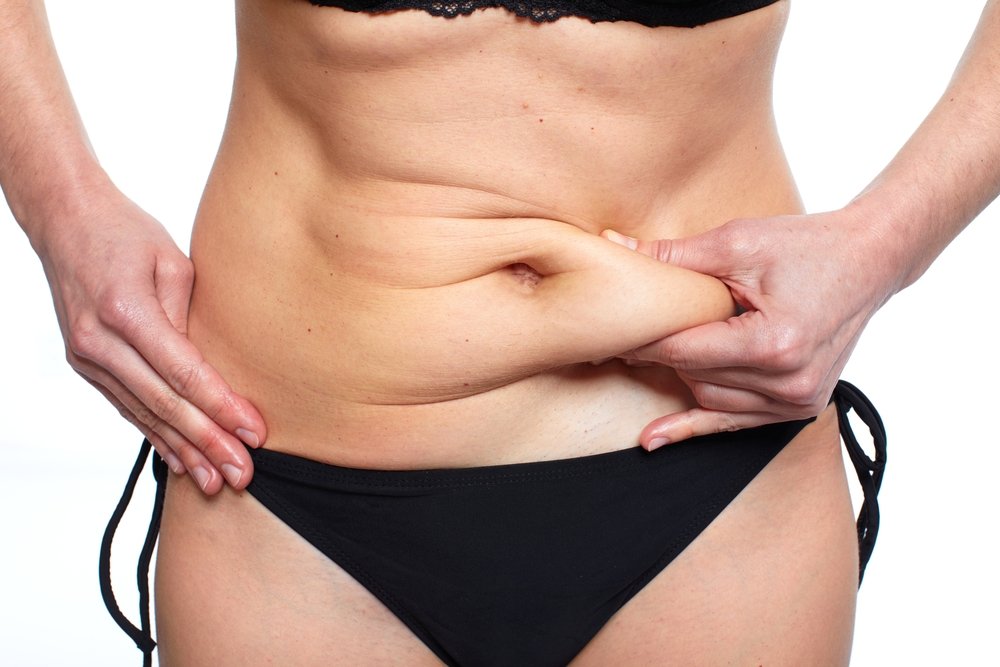
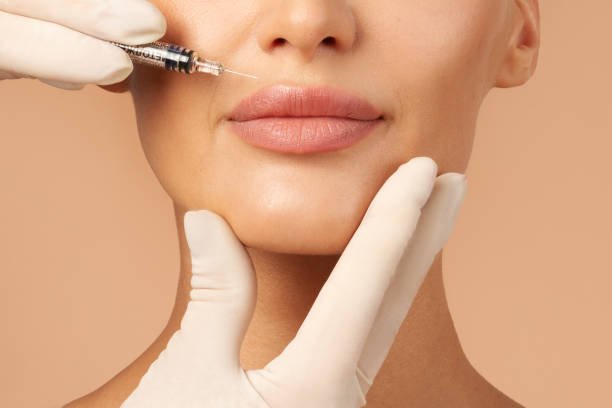

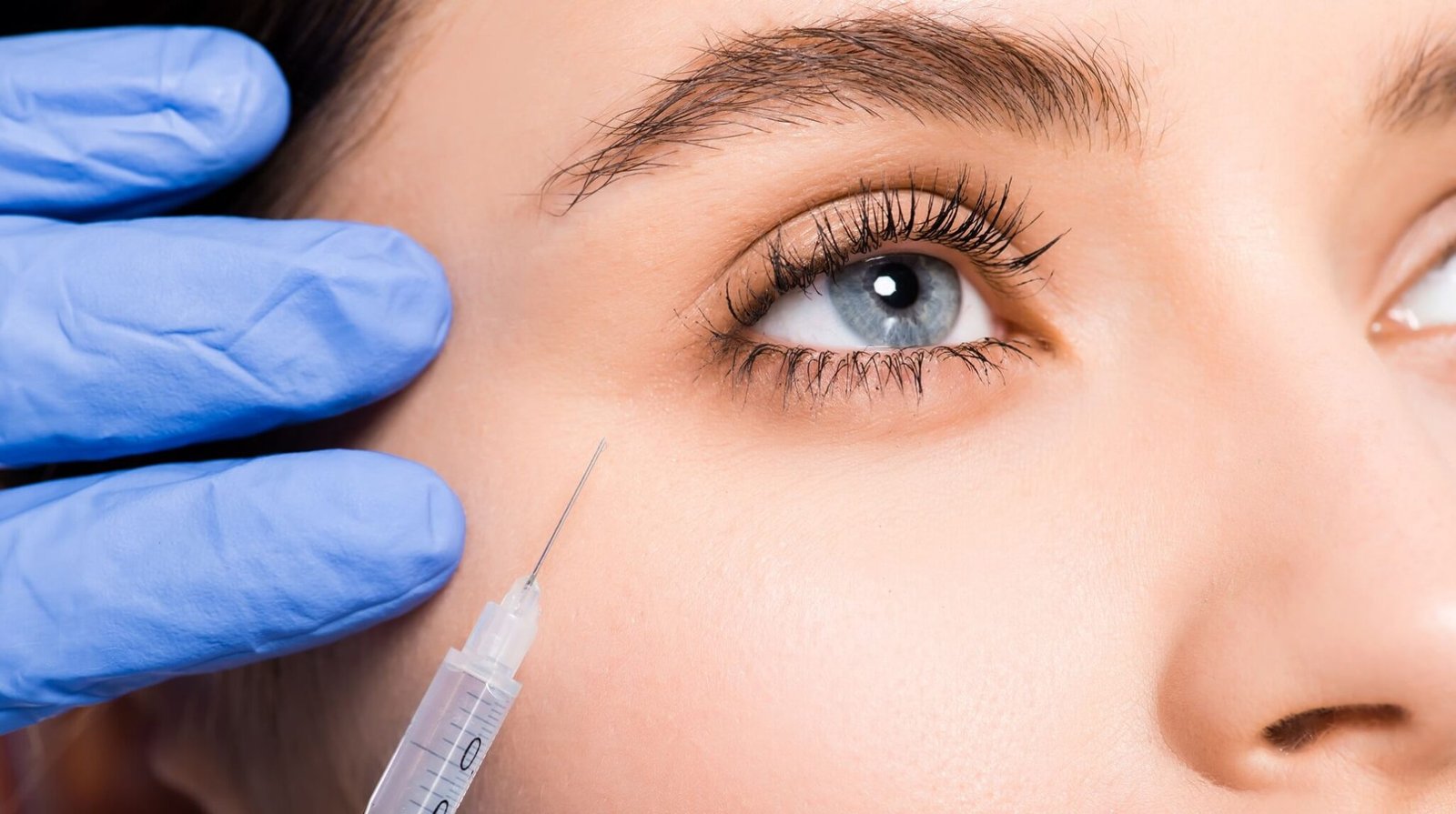
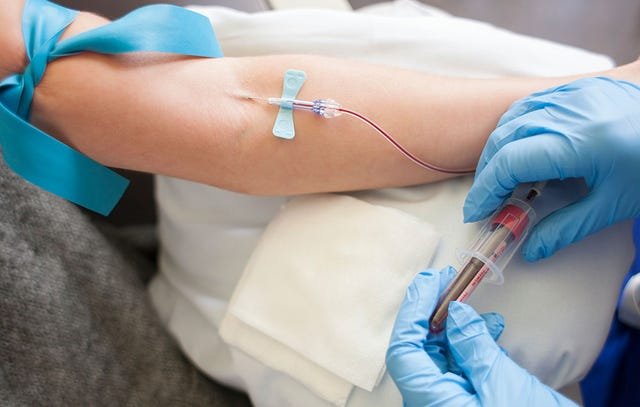
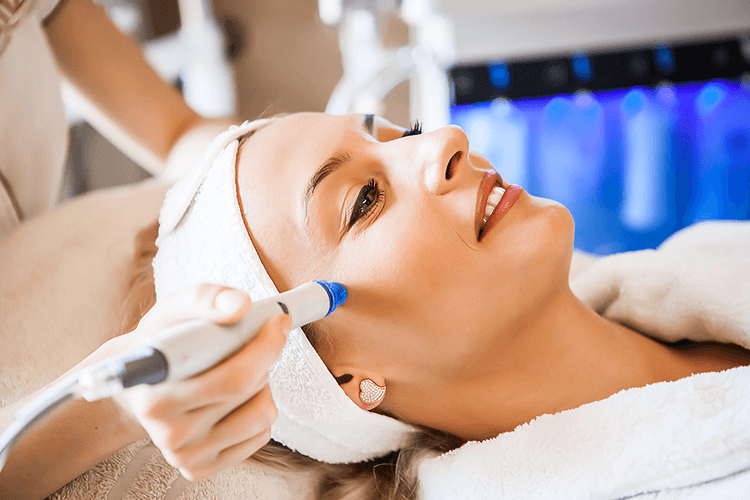
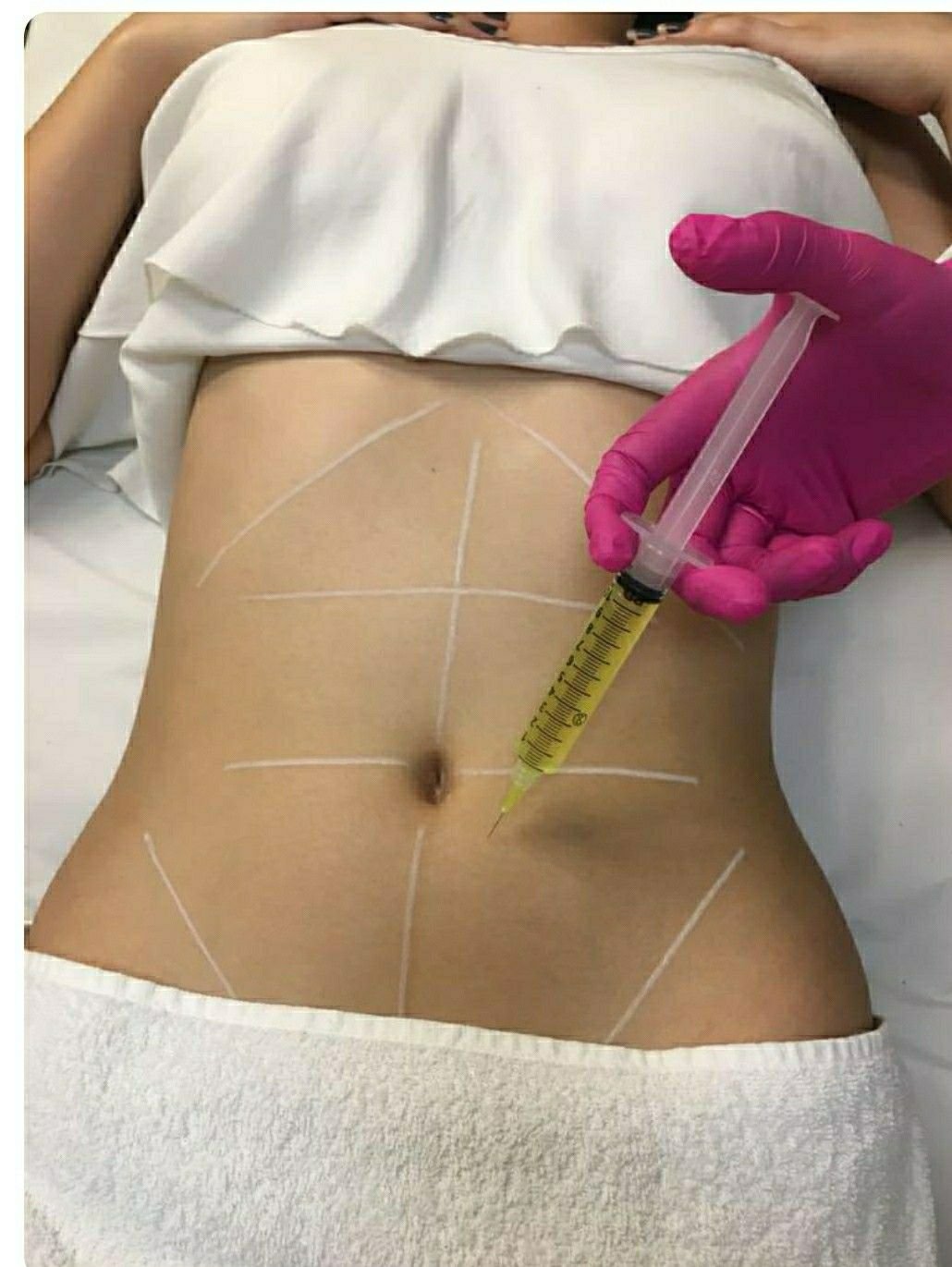


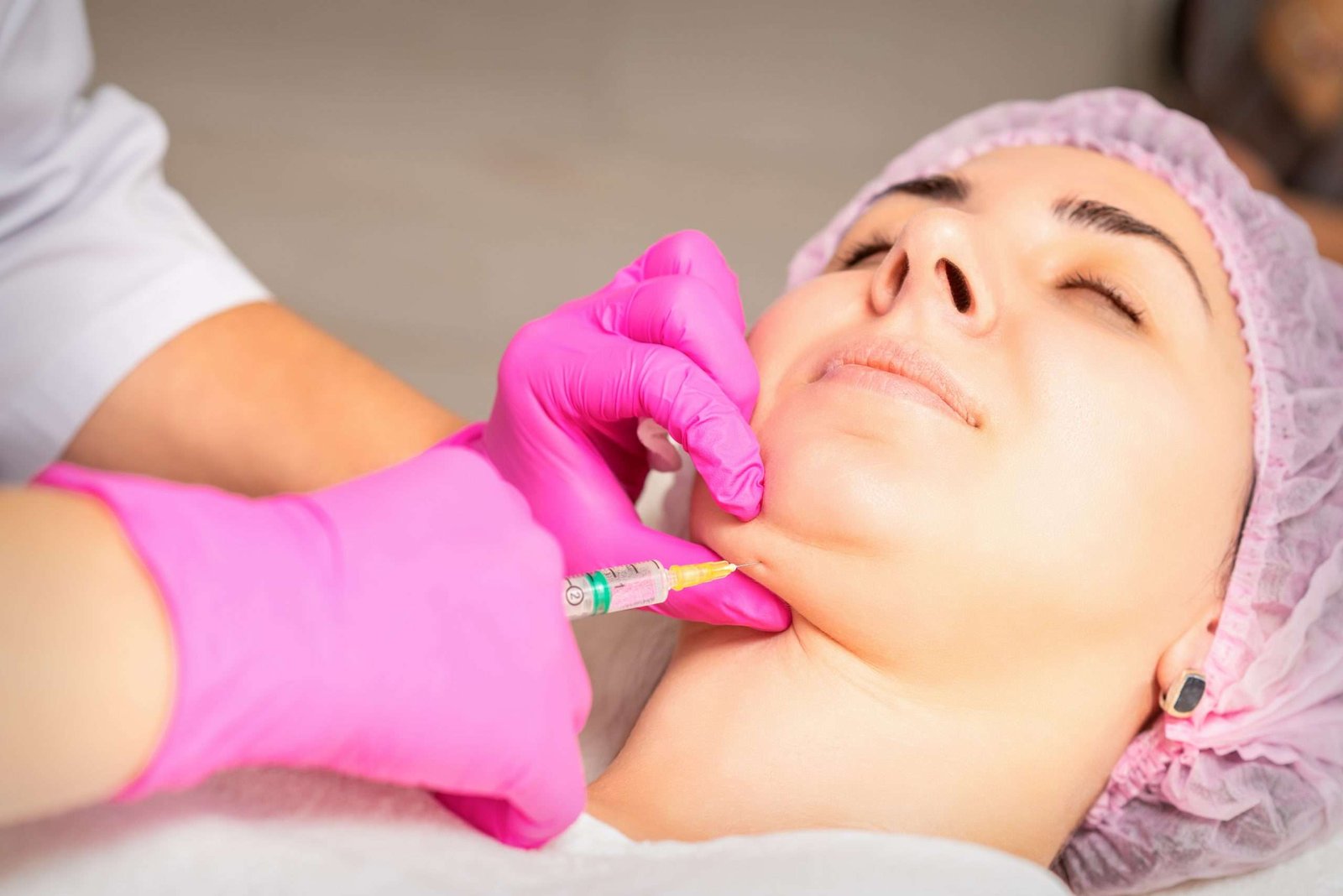
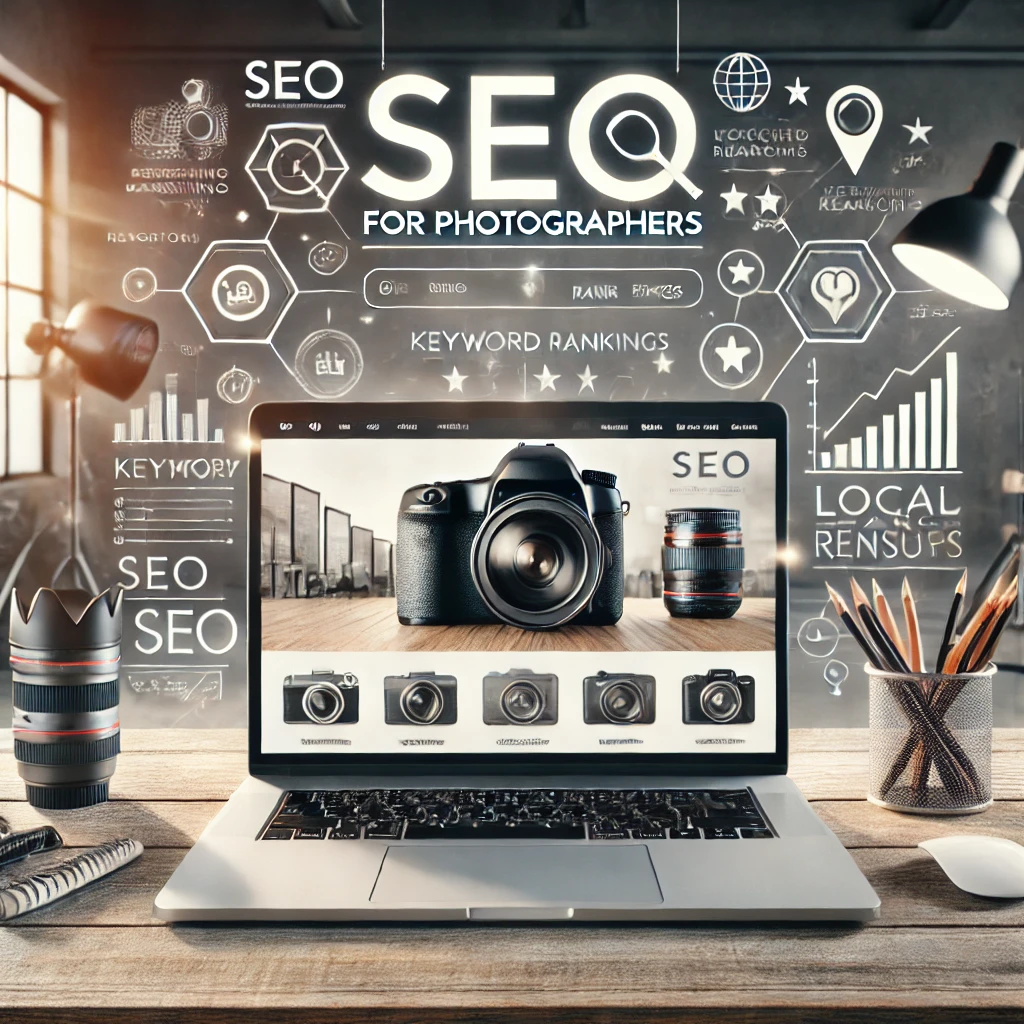



Leave a Reply